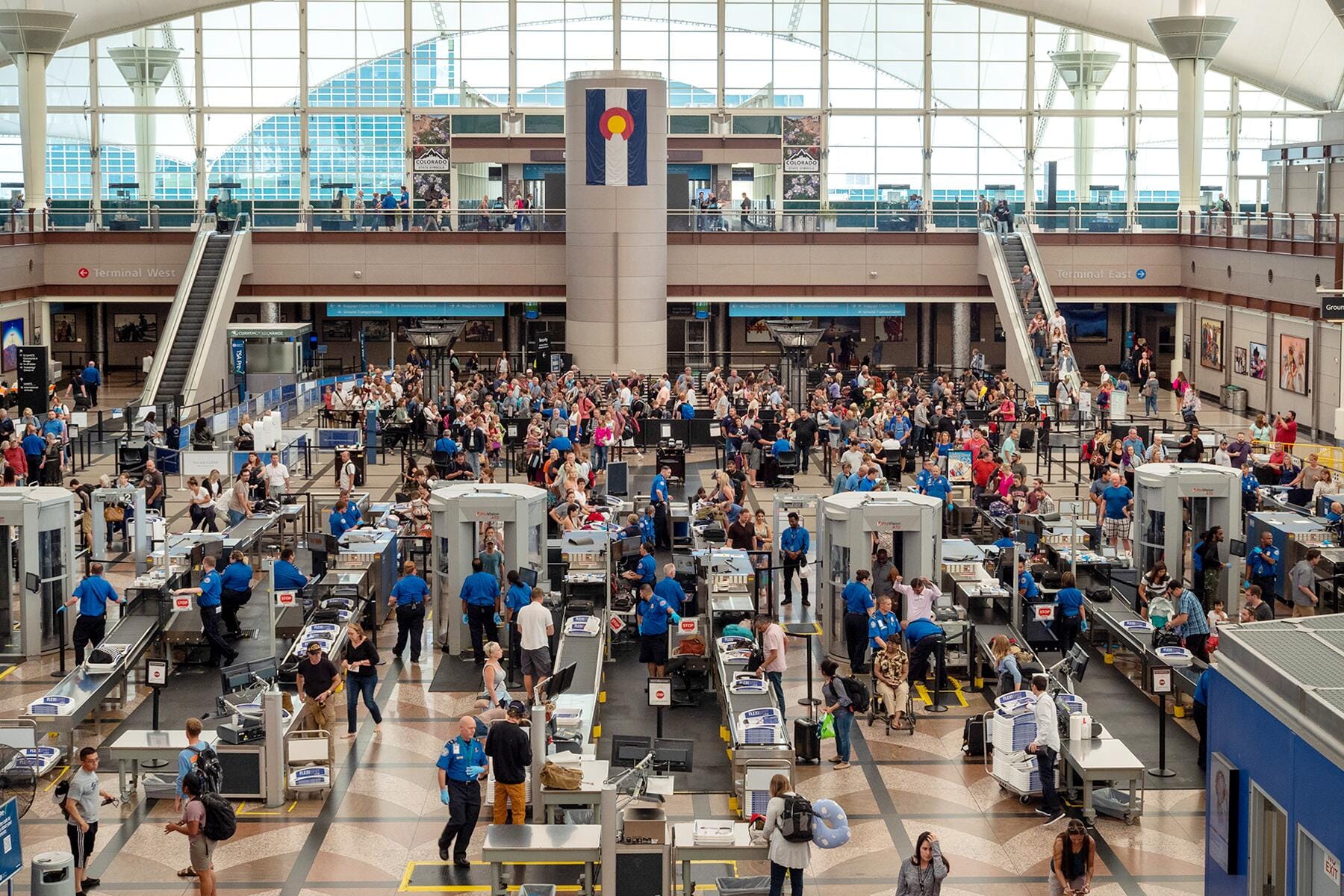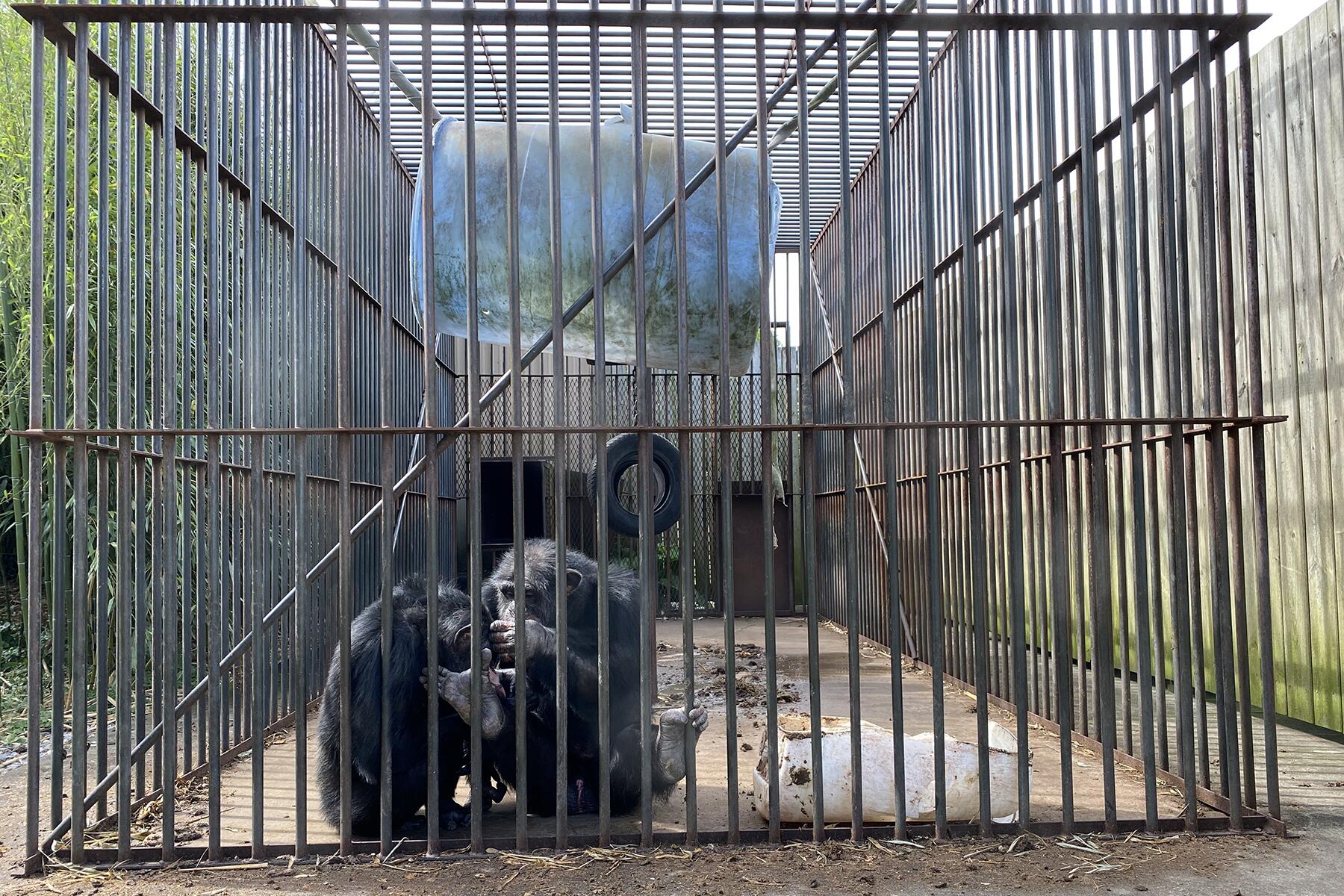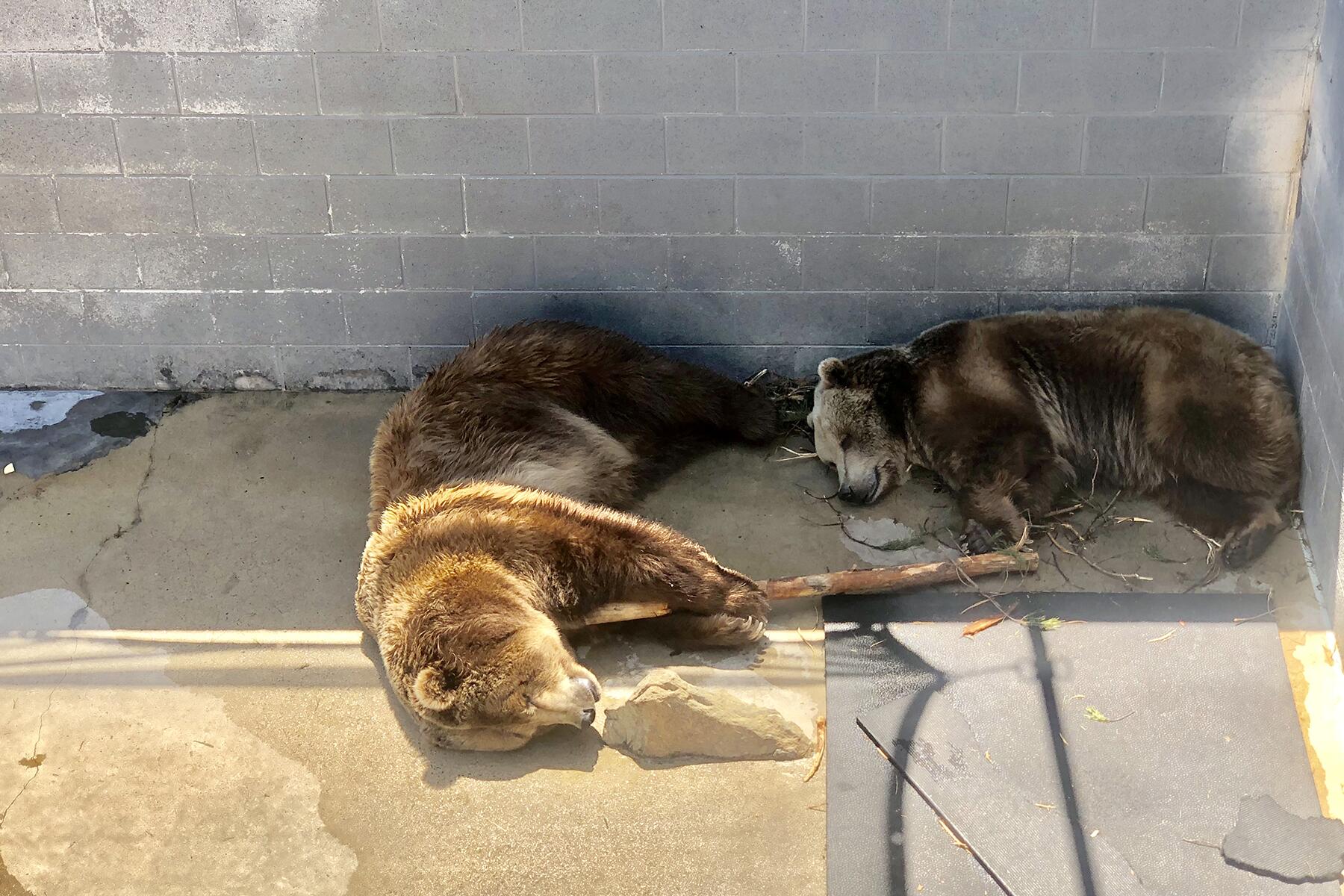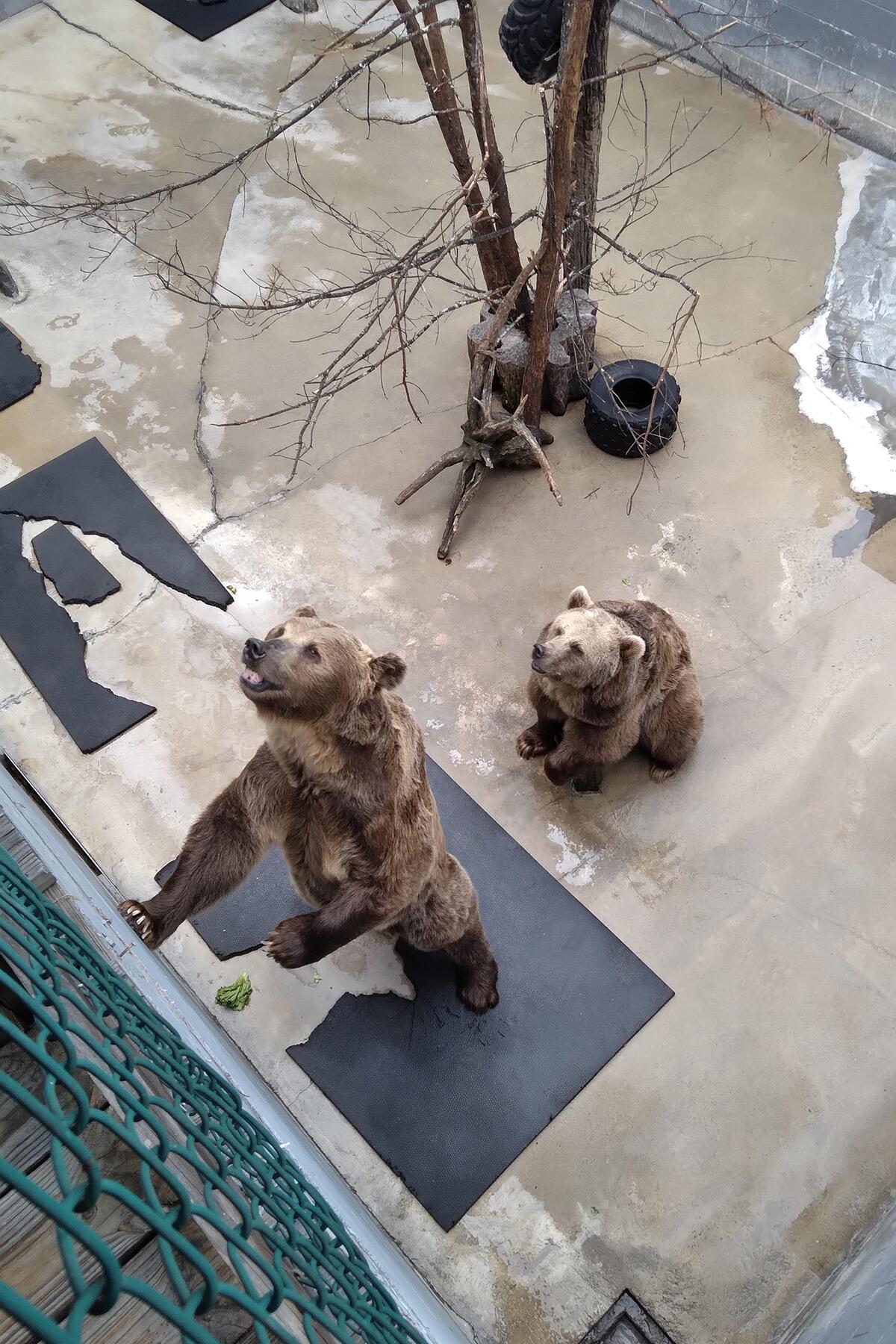Experts talk about the significance and future of zoos.
J
oel M. Hamilton and his team had a difficult year. He’s the director of the Alabama Gulf Coast Zoo—a member of the Zoological Association of America—that relocated to a bigger area in March of last year. Within a week of opening, the facility had to shut down due to the pandemic. It reopened with restrictions on May 23 and experienced a 40% decrease in visitation. But people are coming now—in the last few weeks, this 30-year-old zoo has seen some of its biggest days.
Like the rest of the travel industry, zoos and aquariums—which halted ticket sales–have struggled this past year. In July last year, Sir David Attenborough made an appeal to help the Zoological Society of London because the institute, in his words, “is now itself on the brink of extinction.”
Rob Vernon, Senior Vice President, Communications and Strategy at Association of Zoos and Aquariums (AZA), confirmed, “Almost all Association of Zoos and Aquariums accredited zoos and aquariums were closed for several months in 2020, with total revenue losses topping $2 billion.” AZA is an accreditation organization that represents more than 240 facilities around the world.
Some U.S. facilities survived the lockdown with the help of the Paycheck Protection Program and other CARES funding, Vernon said. Now a year into the pandemic, the AZA has welcomed President Biden’s “American Rescue Plan of 2021” that provides financial support to facilities in the U.S. looking after endangered animals and rescued wildlife.
Recommended Fodor’s Video
But the survival of zoos is dependent on more than just money. For many years, critics have questioned the need for zoos in modern times and animal welfare organizations have asked if it’s ethical to keep creatures in captivity.
The post-COVID-19 world wants to build back better, lessening the impact of humans on the environment, and animals are the nexus of this. So, where do zoos fit in?
Contrary Arguments About the Relevance Of Zoos
PETA has made its stance clear: zoos are jails for animals and should be phased out. The money spent on zoos and aquariums is better spent on preserving their natural habitats, the animal rights organization says. Now they are reiterating that zoos have very little value and now there’s another good reason to shut them down: animals in captivity are testing positive for coronavirus. “Some animals at these facilities have already been shown to be susceptible to COVID-19, and they could play a role in spreading it between species or re-infecting humans,” Harshil Maheshwari, Senior Advocacy Officer, PETA India said.
[Note: The CDC has observed, “Based on the available information to date, the risk of animals spreading COVID-19 to people is considered to be low. More studies are needed to understand if and how different animals could be affected by SARS-CoV-2.”]
“Zoos are a relic of a less enlightened age when we knew far less about animals’ intelligence and emotions than we do today. It’s high time for them to be replaced with parks, botanical gardens, and genuine sanctuaries for animals in need.” —Harshil Maheshwari, Senior Advocacy Officer, PETA India
Another argument that the non-profit has against zoos is that they claim to help conservation efforts while most species they house are neither endangered nor threatened. Meanwhile, few are released to their natural environment. They also claim animals suffer due to cramped enclosure spaces and engage in obsessive and repetitive stereotypic behavior. According to PETA, lions and other big cats have 18,000 times less space in zoos than in nature, and polar bears have one million times less space compared to their natural habitat.
“Zoos are a relic of a less enlightened age when we knew far less about animals’ intelligence and emotions than we do today. It’s high time for them to be replaced with parks, botanical gardens, and genuine sanctuaries for animals in need,” Maheshwari pointed out.
However, Dr. Joanna Bagniewska, a zoologist based in the U.K., believes that zoos still serve a purpose. Some are doing brilliant conservation work, she said, citing the example of Australia’s Healesville Sanctuary. “This is a zoo that focuses on native species, which is quite unusual because you think of zoos as a place where you look at all the exotic species that you don’t see in your backyard. But they focus on Australian species only and they have an extremely strong conservation component.”
The sanctuary, located in Victoria, is working to save Tasmanian Devils from extinction. The endangered species is threatened due to a contagious tumor and the sanctuary is breeding, monitoring, and releasing them in the wild. “Right now zoos are trying to build up all this population that are healthy that if we can’t find a cure for this disease and if there are no Tasmanian Devils left in Tasmania, there are still some in captivity that can be used to repopulate them,” Dr. Bagniewska said.
The AZA reports that zoos and aquariums accredited by them spend $230 million on conservation every year and it benefits 800 species in 130 countries. Their members have also reintroduced black-footed ferrets and California condors into the wild. Funds and resources are also dedicated to emergency rescue and rehabilitation of animals. Just this year, the members worked to rescue and release more than 1,000 cold-stunned sea turtles in Texas. Additionally, the organization works with elected officials on legislation for animal welfare; the Big Cat Public Safety Act that prevents illegal trade and possession of big cats is a recent example.
However, after investigations spanning over 30 years, Born Free Foundation has also concluded that the justifications of education and conservation are not enough to compromise the lives of animals. In addition, being part of an association does not guarantee welfare and care and associations don’t have any legal powers over members. “Maintaining animals on display in zoos is an inefficient way to generate funds for conservation and zoos may be a distraction from the real need to focus on genuine conservation activities in the wild,” the U.K.-based animal charity that rescues captive wild animals states.
Not All Zoos Are Created Equal
Some zoos may not be involved in stellar conservation work, but they’re essential for research that cannot be conducted in the wild. Ecologist Rory Wilson observed that data loggers placed on the neck of a penguin can be obstructive and make it less aerodynamic. As such, this research, Dr. Bagniewska said, is done on captive penguins. “A lot of research has been done in zoos for animal behavior, ecology, or conservation projects. That justifies the existence of these zoos because you’re able to actually contribute to the knowledge of the species and their greater good.”
Dr. John Fraser, President & CEO of Knology, a non-profit think tank, shared that what we know about animals has come from studying animals in zoos. “Most accredited zoos have evidence of the full emotional lives that are being lived by animals in their care. Those zoos are dedicated to improving animal lives and sharing results so others can follow along.”
It’s important to distinguish between facilities that build experiences for animals and those profit-making roadside zoos that have no commitment to animal welfare and make money on public willingness to tolerate the suffering of animals. He expressed, “Most governments do not have regulations for animals for public display that are nearly as stringent as they should be.”

He also added, “I personally believe that zoos that are not embracing the study of animal minds and the impacts of their work on fostering a thriving biosphere should find another line of work. If you can’t care for your animals, you should not hold them.”
Dr. Bagniewska shared the same opinion. If a facility doesn’t have any accreditation, if it’s not held accountable by any governing body, if it doesn’t contribute anything to conservation, education, or welfare, then it should be shut down.
The Future of Zoos
U.K.-based travel company Responsible Travel announced in 2019 that it had removed all tours that include zoo visits. It refuted claims that zoos promote education and conservation, and established that the company will still support legitimate animal sanctuaries and genuine endangered species conservation centers.
PETA expects more companies to follow suit.
However, Dr. Fraser doesn’t believe eliminating zoos is the answer. “Zoos are a tool for thinking. In general, I believe that we should not assess zoos and aquariums as a monolith, but understand that they are tools that humans have created for experiencing, studying, and learning from the diversity of animal life.”
The belief is that they need to evolve and migrate from tourist attractions to social infrastructures, rooted in the social and environmental needs of the communities. In addition, government regulations need to be stricter.
Dr. Fraser, who authored The Social Value of Zoos, explained that zoos mushroomed in the U.S. as part of the New Deal in the 1930s and expanded in the 1960s. By the 1980s, there was a push to cut them out of city budgets and turn them into non-profits supported by ticket sales and philanthropy. They are falsely compared to theme parks, even though most visitors to a zoo are from the local community. “We often think of these institutions as if they are not part of the social fabric of a community, but their attendance and volunteerism suggest the [absolute] opposite.”
Dr. Fraser stated, “Zoos are turning toward thinking of their civic role as [the] infrastructure required for a sustainable planet. They are working toward the culture of conservation and using their programming to develop life skills among their users, like empathy and compassion for others. Understanding diversity and the need for protection. And the cultivation of conservation thinkers willing to activate change in their community.”
A Note for Travelers
Conservation biologist Tom Moorhouse and a team of researchers conducted a study in 2015 that revealed that people who visit wildlife tourist attractions (WTA) don’t realize if an experience is detrimental to the welfare of an animal. They rated 24 WTAs (swimming with dolphins, elephant rides, street performances, gorilla treks, etc.) on the basis of their conservation value and animal welfare, and compared their scores to the reviews on TripAdvisor. Surprisingly, tiger attractions—the lowest-ranked by the researchers—received positive feedback from tourists.
The research noted, “Six WTA types (impacting 1,500–13,000 individual animals) had net positive conservation/welfare impacts, but 14 (120,000–340,000 individuals) had negative conservation impacts and 18 (230,000–550,000 individuals) had negative welfare impacts. Despite these figures, only 7.8% of all tourist feedback on these WTAs was negative due to conservation/welfare concerns.”
Dr. Bagniewska explained that people often falsely assume that if something were bad for the animal, it would be illegal. But that’s not always the case.
It’s possible that visitors, unsuspectingly, may support a facility that’s mistreating its animals for profits. So, it’s important to evaluate the wildlife attraction. When you plan a zoo or aquarium visit, do basic research of whether or not the zoo is accredited by an organization like the AZA (or Canada’s Accredited Zoos and Aquariums, European Association of Zoos and Aquaria, and Zoological Association of America). An accreditation by AZA normally takes more than six months after the application is verified with documents, on-site visits by experts, and an in-person hearing. The process is repeated every five years.
The website may describe the philosophy of the facility as well as their conservation efforts. Read about their animals and the keepers, inquire about their welfare, and talk to the keepers. Dr. Bagniewska also warned against animal interaction, other than a petting zoo. Any animal sanctuary that lets you take pictures with tigers or hold snakes is definitely a no-no. If a place lets you touch an animal, then imagine what stress and painful training that wild animal must have gone through to be tame, or “safe,” she clarified.
Specifically for animal sanctuaries that rehabilitate animals after they have been abandoned or injured, PETA recommends finding out how the sanctuary acquired those animals and how they are housed. Volunteer programs and conservation efforts aren’t all beneficial either, so don’t take this information at face value.
Also, if you notice any ill-treatment or abuse of animals in these establishments, report to organizations such as PETA, Born Free Foundation, or USDA.
This article was so slanted against zoos. The photos were horrifying from a sub-par facility and definitely not any AZA-accredited zoos, but no information was provided regarding the images. And citing PETA as your core source? The group that has the highest kill rate for "rescues"? Please. I'm glad you spoke to someone with AZA affiliation, but most of your article refuted their science and documented preservation efforts with unfounded claims from companies I've never heard of and PETA. Do better research and write at least a balanced article next time. Maybe explore the conservation efforts made by zoos to improve the habitats for wild animals in their communities?






This is an excellent article, but needs to also include how zoos can remain relevant. Zoos could become the location based experiences, much like video gaming arcades, where you pay your $10 and go from building to building to immerse yourself in the real worlds where wild animals roam free. Zoos have the infrastructure necessary to create even richer experiences. These could range from planetarium styled rooms where you walk into the middle of the room and live streaming 360 cameras in the wild are feeding the live imagery to the walls along with sounds, smells and even temperatures that would be specific to the region. Or headsets could be made available but in a room that brought all of the same audio, scents and temps. The zoos would buy crypto coin tokens like $ CAT to all of the wildlife cameras, to ensure they are able to provide to their patrons far more wild experiences than they could afford at home. Those funds would actually go to those who are protecting wildlife in their natural homes without any loss due to corruption, or poor management. The only way locals get paid is to protect wild animals. The only way zoos attract patrons is to see wild animals living free. This disruptive model ensures a healthy planet.